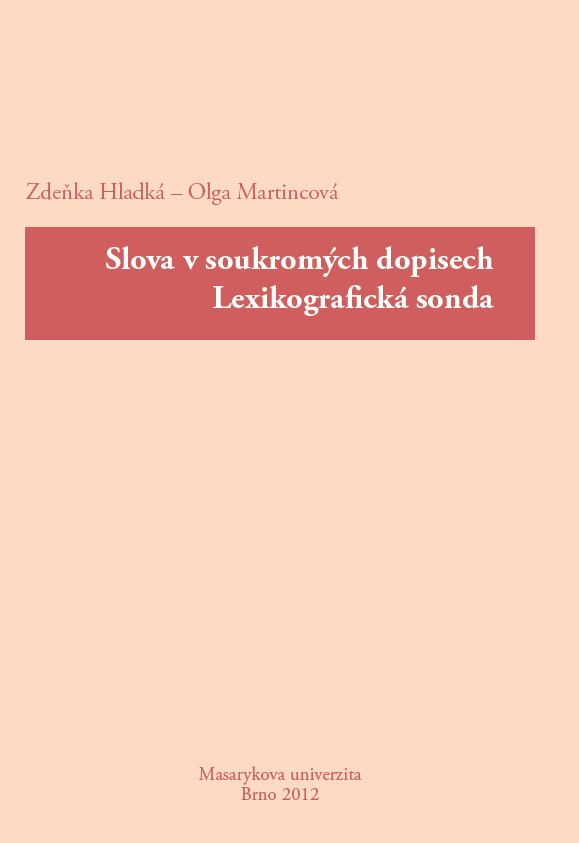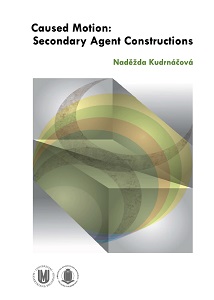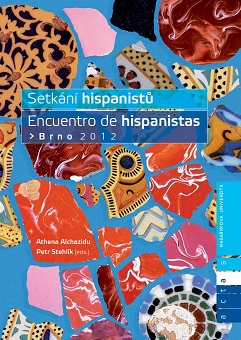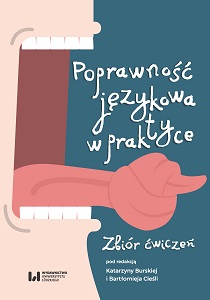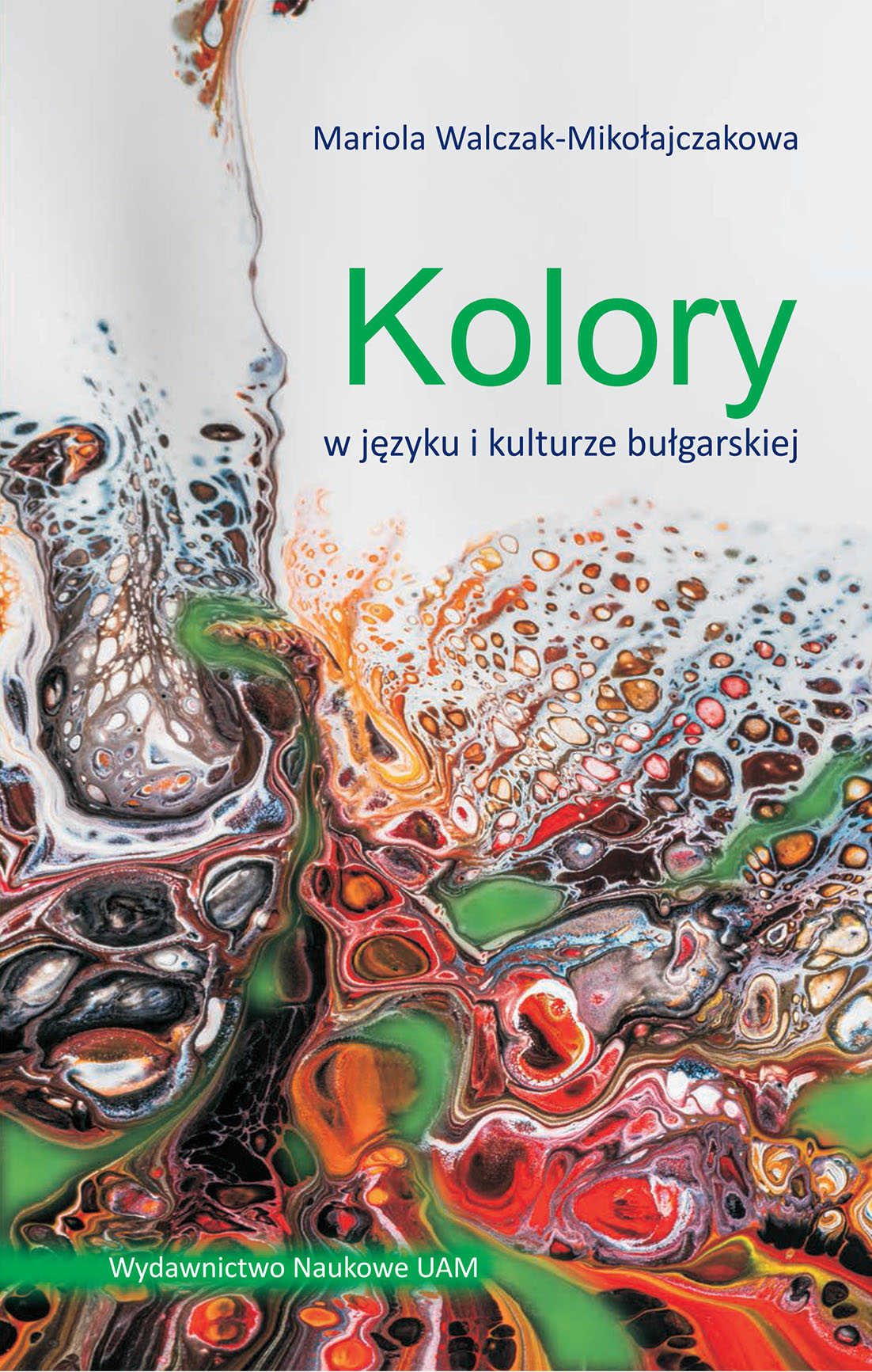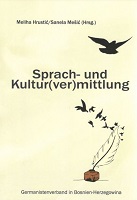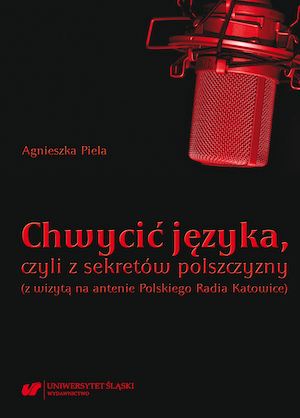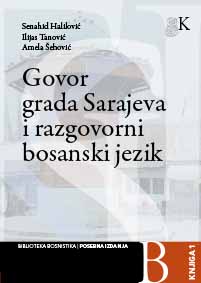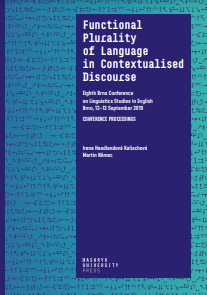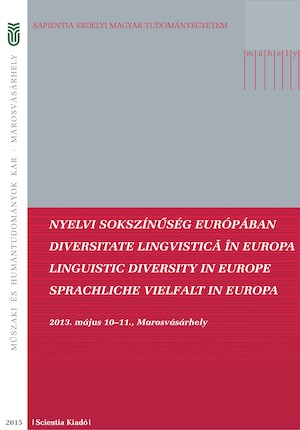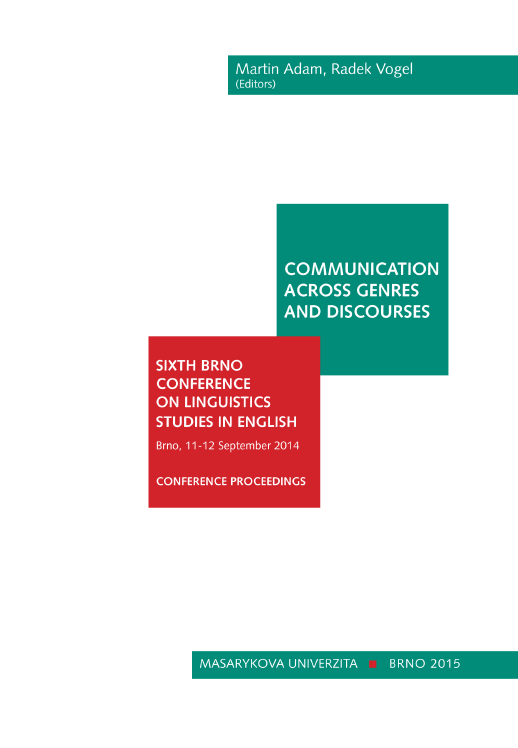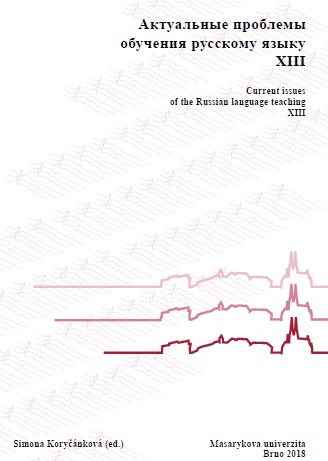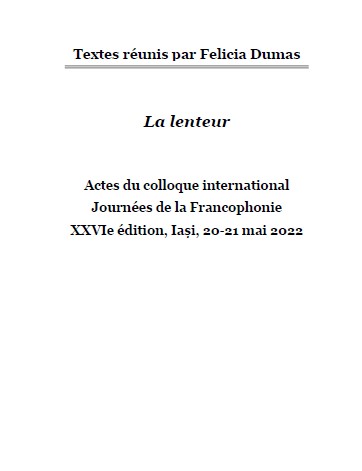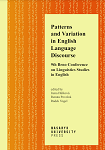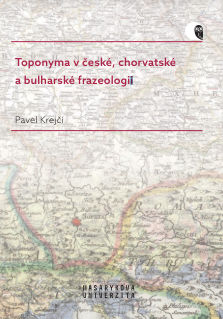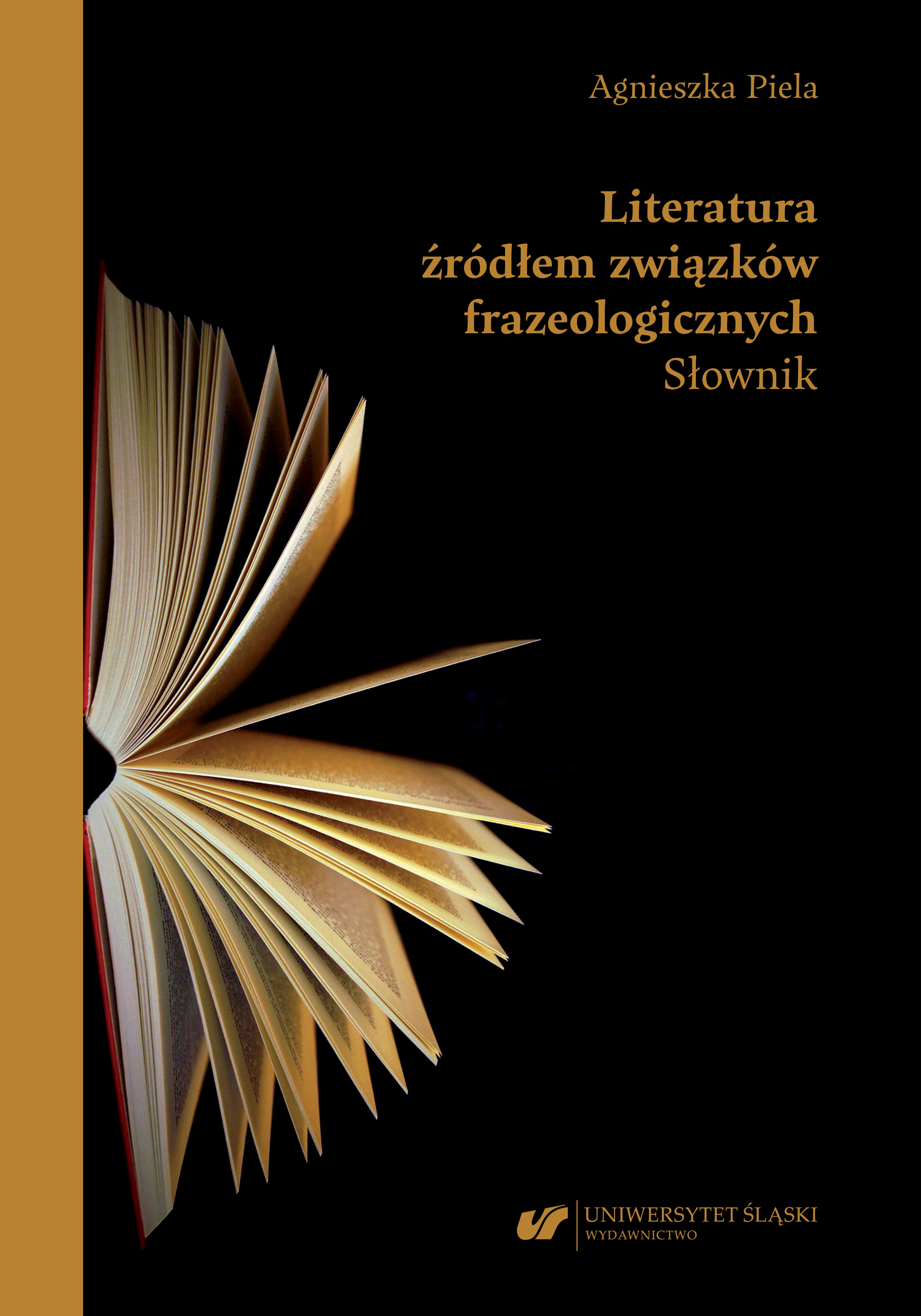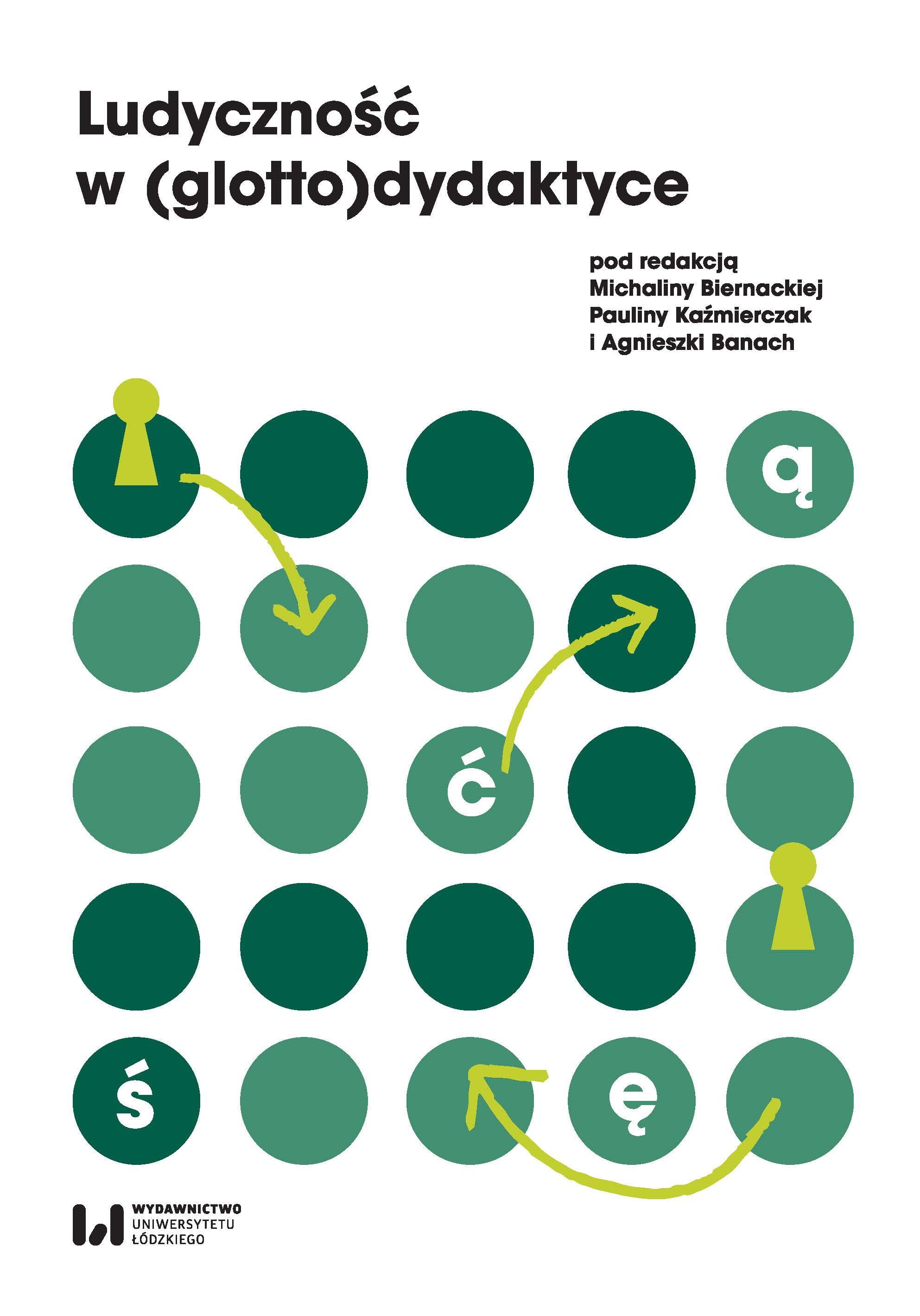Author(s): Senahid Halilović,Ilijas Tanović,Amela Šehović / Language(s): Bosnian
There has been no systematic research into the dialect of Bosnian spoken in the city of Sarajevo. The aim of this book is to motivate different linguistic research in the capital of Bosnia and Herzegovina. First of all, a detailed description is required for the traditional speech of the city. Up till now there have only been sporadic efforts to do this. Onomastic and lexical material in Sarajevo is also yet to be explored. Finally, any sociolinguistic research will provide precious data on the multi-layered division of urban speech.The first part of this book presents the speech of Sarajevo within the southern sub-dialect of the eastern Bosnian (ijekavski-šćakavski) dialect,followed by data on the speech of Sarajevo from almost all the sources available for the past three centuries. The material includes the 18th century Annals by Bašeskija, Šurmin’s work from the late 19th century, and various questionnaires from the National Museum. The speech of Sarajevo was partly covered by various writings on dialectology, particularly papers by D. Brozović, and the now totally vanished ekavski-ijekavski dialect spoken in Bjelave, an old quarter in Sarajevo, is presented through data obtained by a survey conducted in the 1980s. This completes all the principal data about speech in Sarajevo until the end of the 20th century.The second part of the book presents specific lexical forms characteristic of the material and spiritual culture of Sarajevo. Some real-life categories as markings of material and spiritual culture maintain dual forms.Semantic analysis of micro-toponyms across Sarajevo is extremely complex, due to the city’s eventful history, different influences, major changes,conflicts and irreconcilable contradictions. This part contains a systemic presentation and a linguistic-cultural commentary on lexical forms and phraseology.The third part is an attempt to shed more light on the under-researched lexical wealth of the conversational style of the Bosnian language.For that purpose, a considerable lexical corpus was amassed using surveys and interviews, mainly in Sarajevo, and the lexemes of Bosnian conversational style were then divided into neutral and marked ones. The aim was to show their principal features in terms of semantics, structure, and function, but also to show that the lexical wealth of the conversational style corresponds functionally to its needs – which is why none of its segments may be prescribed. That is why this section is followed by an analysis ofthe traditionally ignored taboo-words and jargons. A dictionary of lexemes and phrases completes this book, particularly because all the meanings of lexemes and phrasemes were left unchanged from the time when they were collected, some ten years ago. Moreover, the usage labels were not changed despite the slight changes that have happened in this area, particularly in relation to neologisms that have since lost that status. Namely, the intention was to motivate all future researchers into the Bosnian language to become familiar with the meanings of the lexemes at the time they were collected, allowing people to compare them with present lexemes and thus identify any changes in their meaning or use. At the same time, this allows for scientifically founded conclusions to be drawn on the changes in the lexical unit, specific to the conversational practice of any language, including Bosnian. Finally, our research shows the wealth of the lexical fund of colloquial Bosnian, but also indicates the need for more comprehensive and versatile research – and the results of this work may serve as an important incentive.
More...
